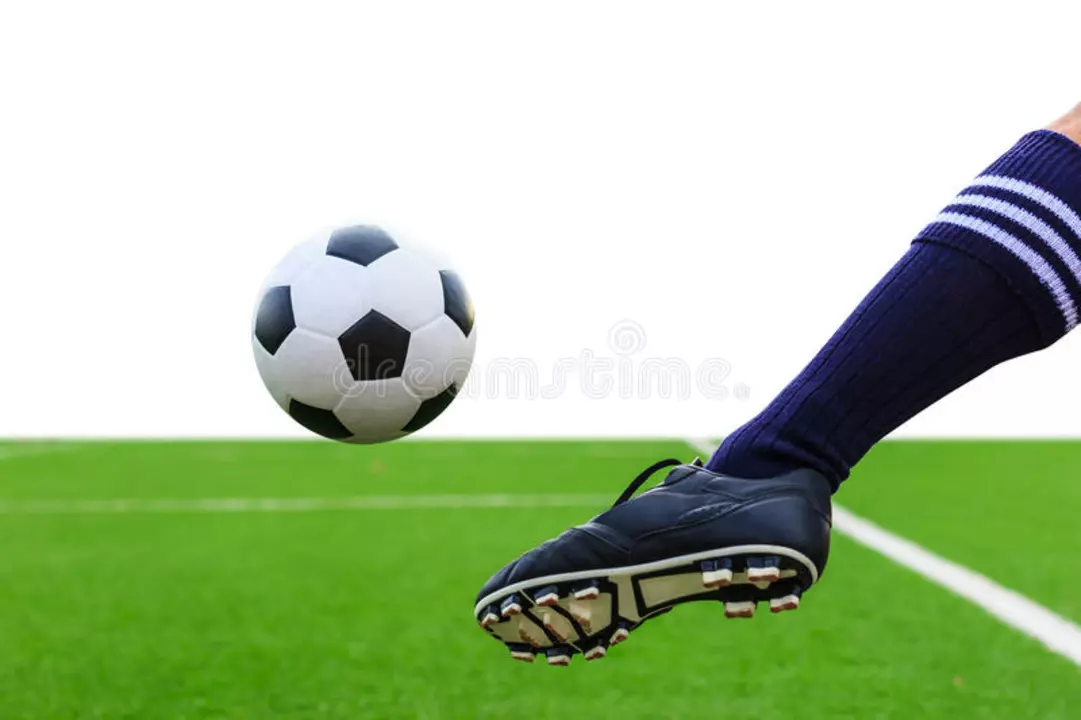Soccer Techniques and Skills: Practical Tips to Up Your Game
Want to play better without spending hours in the gym? You can sharpen your soccer game with a few focused techniques. Below you’ll find easy‑to‑apply advice on shooting, dribbling, and ball control that you can start using on the next training session.
Choosing the Right Part of Your Foot for Shooting
Most players think any part of the foot will do, but the difference between a weak tap and a powerful strike often comes down to where you hit the ball. The sweet spot is the instep – the flat area just behind the laces. Hitting the ball with the instep gives you a larger surface, more accuracy, and better power transfer.
Here’s a quick drill: place a cone about five yards from the goal, step back, and strike the ball with your instep aiming for the top corner. Focus on keeping your ankle locked and your body over the ball. After ten reps, you’ll feel the natural snap of the foot and see more balls heading on target.
Why does body position matter? When you lean too far back, the ball lifts and loses speed. Leaning too far forward can crush the ball and drop the shot. Aim for a slight forward lean, keep your head down and eyes on the ball until after you strike.
Our recent post, “From which part of the foot should we shoot a soccer ball?” breaks this down step by step. The key takeaway: the instep, combined with proper body alignment, is your most reliable weapon for scoring.
Quick Dribbling and Ball Control Tips
Dribbling isn’t just about speed; it’s about keeping the ball close enough to react instantly. Practice the “inside‑outside” move: pull the ball in with the inside of your foot, then push it out with the outside. Do this while walking, then gradually increase the pace. The tighter the touches, the harder it is for a defender to strip the ball.
Another simple exercise is the “cone shuffle.” Set up a line of four cones about one meter apart. Zig‑zag through them, using only the inside of one foot for the first cone, then the outside for the next, alternating feet as you go. This forces you to use both feet equally and builds confidence in tight spaces.
Ball control also improves when you train with both feet. Spend five minutes each session hitting a wall with your weaker foot. The wall gives instant feedback – if the ball bounces back unevenly, you know the contact point was off.
Remember, consistency beats intensity. A few minutes of focused practice every day adds up faster than a once‑a‑week marathon. Combine the shooting drill with these dribbling moves, and you’ll notice a smoother transition from controlling the ball to finishing a chance.
Ready to test what you’ve learned? Set up a small pitch, pick a friend, and play a one‑v‑one game. Focus on using the instep for every shot and keep the ball tight with the inside‑outside technique. The more you apply these habits in game‑like situations, the more natural they become.
Soccer is a game of tiny details – a slight ankle lock, a subtle body lean, a quick foot flick. Master those details, and you’ll see real improvement on the field.
